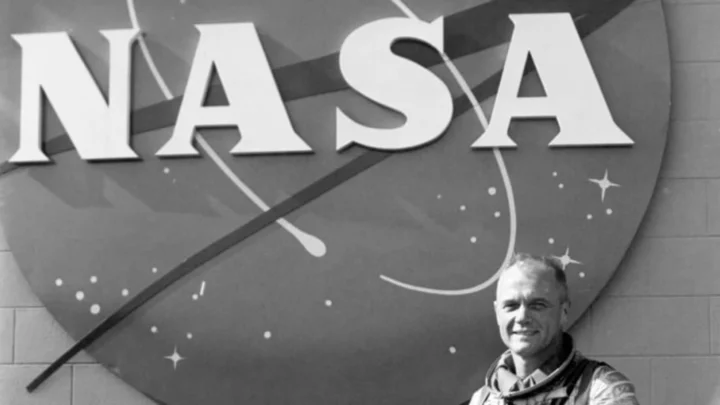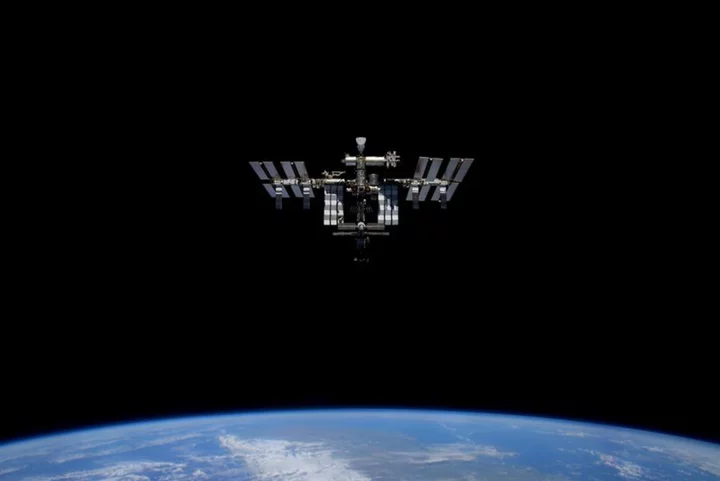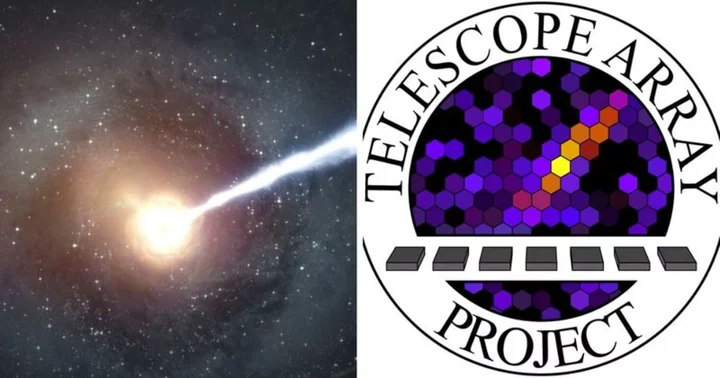On July 29, 1958, President Eisenhower signed a bill to create the National Aeronautics and Space Administration, or NASA. The Congressional bill's full title was: "National Aeronautics and Space Act of 1958. An act to provide for research into problems of flight within and outside the earth's atmosphere, and for other purposes." Before the creation of NASA, space activity in the United States was primarily a military endeavor.
1958 was a time of great American angst over the space race. The Soviets had launched the spectacular Sputnik I satellite in October 1957, and Americans watched it soar overhead, beeping, reminding us of Soviet space superiority. When Sputnik II sent a living dog (Laika) into space just one month later, Americans fell even further behind. Many of our rockets were blowing up on the pad.
Prior to NASA we had NACA, the National Advisory Committee for Aeronautics. Established in 1915 during World War I, NACA was concerned with aeronautical research, helping drive modern airplane designs. NACA was responsible for creating superchargers employed by high altitude bombers used in World War II. NACA also built the first wind tunnels in the US, and oversaw the X-1 (supersonic flight) project in which Chuck Yeager broke the sound barrier. When NASA was created, it immediately absorbed NACA, which by that time was getting involved in space research.
(Incidentally, at first both of these agencies were pronounced as individual letters, "N A C A" and "N A S A," much like other government agencies like "C I A" and "F B I." By the early 1960s the pronunciation of "NASA" as a two-syllable word become prominent.)
In section 102 of the Space Act that created NASA, this was the initial list of its objectives:
The expansion of human knowledge of phenomena in the atmosphere and space;The improvement of the usefulness, performance, speed, safety, and efficiency of aeronautical and space vehicles;
The development and operation of vehicles capable of carrying instruments, equipment, supplies, and living organisms through space;
The establishment of long-range studies of the potential benefits to be gained from, the opportunities for, and the problems involved in the utilization of aeronautical and space activities for peaceful and scientific purposes;
The preservation of the role of the United States as a leader in aeronautical and space science and technology and in the application thereof to the conduct of peaceful activities within and outside the atmosphere;
The making available to agencies directly concerned with national defense of discoveries that have military value or significance, and the furnishing by such agencies, to the civilian agency established to direct and control nonmilitary aeronautical and space activities, of information as to discoveries which have value or significance to that agency;
Cooperation by the United States with other nations and groups of nations in work done pursuant to this Act and in the peaceful application of the results thereof;
The most effective utilization of the scientific and engineering resources of the United States, with close cooperation among all interested agencies of the United States in order to avoid unnecessary duplication of effort, facilities and equipment.
If you read this in the context of the Cold War world in which it was written, there is some interesting stuff there between the lines—the agency deals both with "peaceful activities within and outside the atmosphere" but also "discoveries that have military value." Of course, the latter were to be referred to the appropriate agencies. The list has been amended over the years, with the most notable being a ninth item added in 1989:
The preservation of the United States preeminent position in aeronautics and space through research and technology development related to associated manufacturing processes.In 1983, NASA celebrated its 25th anniversary. As part of that celebration, this delightfully dated video celebrated 25 years of progress, and has an excellent interview with Keith Glennan, the first administrator of NASA:
For more on the creation of NASA, read The Birth of NASA by NASA historian Steven J. Dick.
This article was originally published on www.mentalfloss.com as On This Day in 1958, NASA Was Created.









